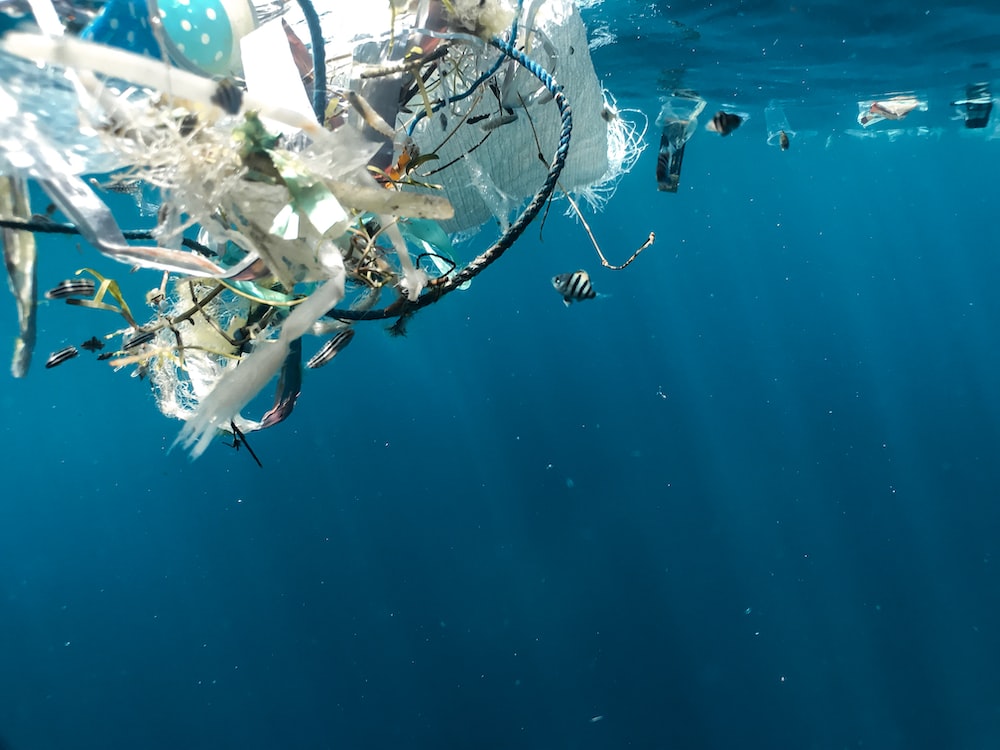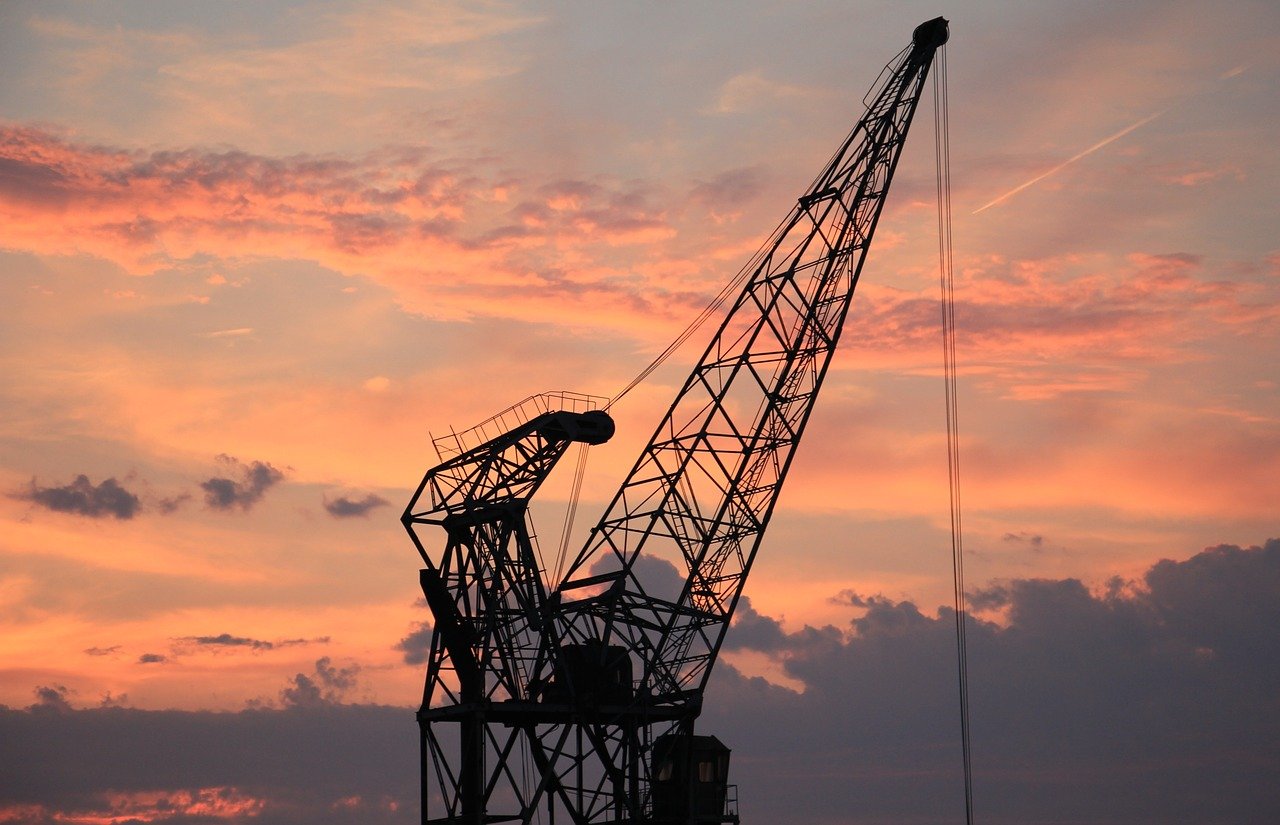1. A Trillion-Dollar Powerhouse: Why Chemical Manufacturing Matters
The global chemical industry’s estimated worth surpassed USD 5 trillion in 2024, according to data from the World Chemical Outlook. From agricultural fertilizers to high-performance plastics in electric vehicles, the chemical sector underpins countless supply chains, influencing everything from food production to cutting-edge technology. This scale of operations isn’t just about big numbers—it’s about understanding the deeply interconnected processes that transform raw materials into everyday products.
But how, exactly, does the reputable chemical company manage these processes? And what safeguards ensure that substances potentially classified as hazardous reach consumers without incident? Let’s take a look behind the curtain of modern chemical manufacturing and distribution to see how research, regulation, and digital innovation come together.
2. From Raw Materials to Market: The Core Stages of Chemical Production
2.1. Sourcing with Precision
Quality starts with the raw materials. Companies source base ingredients like petroleum byproducts, minerals, or biomass from vetted suppliers who must meet strict safety standards. In a recent survey by the Global Chemicals Council, 78% of leading manufacturers reported stricter auditing of suppliers to ensure consistent quality and adherence to environmental compliance.
2.2. Controlled Chemical Processing
Once raw materials are secured, they’re fed into large-scale reactors designed to catalyze specific chemical reactions under precise conditions—often involving high heat, pressure, or specialized catalysts. For instance, manufacturing cleaning agents can require delicate temperature controls to maintain both effectiveness and consumer safety. Any fluctuation in these variables can undermine product consistency, making robust process monitoring systems essential.
2.3. Quality Assurance and Testing
Before packaging, each batch undergoes rigorous testing. Industry standards like ISO 9001 and REACH (Registration, Evaluation, Authorisation and Restriction of Chemicals) demand that final products meet health, safety, and performance criteria. Laboratories employ advanced analytical techniques—gas chromatography, mass spectrometry, and more to confirm purity and detect even trace contaminants.
3. Regulatory Pressures and the Race to Be “Green”
3.1. Heightened Environmental Oversight
Chemical producers now face greater regulatory pressures. Regions like the European Union have introduced stricter carbon emissions targets, prompting top firms to invest in cleaner technologies. McKinsey’s latest industry briefing revealed that over 40% of major chemical companies expect at least a 15% increase in spending on sustainability initiatives through 2025.
3.2. Eco-Innovations on the Rise
In response to regulatory pushes and consumer demands, companies are experimenting with biodegradable polymers, bio-based feedstocks, and renewable energy sources to power chemical reactions. From green hydrogen to carbon capture, R&D departments are tackling the industry’s environmental impact head-on.
4. Distribution Challenges: Ensuring Safe Passage from Plant to Customer
4.1. Complex Logistics for Sensitive Cargo
Transporting chemical products involves strict compliance with labeling and documentation protocols. Hazardous substances may require specialized tanker trucks, refrigerated containers, or advanced cargo monitoring systems to prevent accidents. According to the International Transport Forum, chemical-related freight makes up 12% of global trade volume—a testament to the massive logistics operations behind the sector.
4.2. Digitalization and Real-Time Monitoring
Companies increasingly rely on digital platforms to track shipments in real time. Sophisticated inventory management systems use IoT sensors and machine learning algorithms to anticipate potential disruptions, be it unexpected weather events or regional regulatory bottlenecks. This tech-driven approach has cut average delivery times by nearly 20% among early adopters, per a Deloitte supply chain study.
4.3. Navigating Pandemic-Era Constraints
The COVID-19 pandemic exposed vulnerabilities in global supply chains, prompting chemical firms to reevaluate risk management. Some responded by diversifying supplier networks across different regions; others accelerated automation to reduce reliance on manual processes. While this transition hasn’t been seamless, it underscored the importance of resilient, tech-enabled distribution channels.
5. Innovation Powerhouse: Inside R&D and Workforce Development
5.1. Research That Fuels Growth
Beyond day-to-day manufacturing, chemical companies maintain significant R&D arms, often collaborating with universities, startups, and tech incubators. Projects range from refining biodegradable packaging materials to pioneering advanced battery components. A 2023 study by the Industrial Chemistry Alliance noted that 80% of new chemical patents are linked to sustainability or high-tech applications—underscoring the direction of innovation.
5.2. Skilled Teams and Continuous Training
Such R&D efforts hinge on a diverse team of chemists, engineers, data scientists, and safety auditors. Upskilling programs keep employees current with digital tools and emerging regulatory frameworks. Many organizations have launched robust internal training—both to reduce human error in highly automated plants and to cultivate a “culture of innovation,” crucial for staying ahead of the curve.
6. The Future of Chemical Production and Distribution
6.1. AI-Driven Process Optimization
As artificial intelligence finds wider adoption, chemical reactions are increasingly optimized by predictive models that propose optimal temperature or catalyst levels. The result is improved yields, energy savings, and reduced production timelines—advantages that can translate into cost savings for companies and lower emissions for the planet.
6.2. Cybersecurity for Critical Infrastructures
However, digitalization brings new threats. IBM’s 2024 Security Report found that attempted cyberattacks on manufacturing and chemical plants jumped by 35% over the past year. Protecting control systems from hackers or industrial espionage is now as integral to the industry’s survival as maintaining physical safety standards.
6.3. Carbon-Neutral Ambitions
In line with the global move toward net-zero carbon emissions, large chemical conglomerates are setting ambitious targets—some aiming to become carbon-neutral by 2040 or sooner. Achieving these goals requires everything from reimagined supply chains to major R&D investments in cleaner reaction pathways.
7. Conclusion: Where Science, Safety, and Sustainability Converge
Chemical companies might not always command headlines, but their behind-the-scenes operations form a vital bedrock for modern life. From the raw materials that seed each reaction to the finished goods arriving safely at your doorstep, every step reflects a complex interplay of science, logistics, regulation, and innovation.







